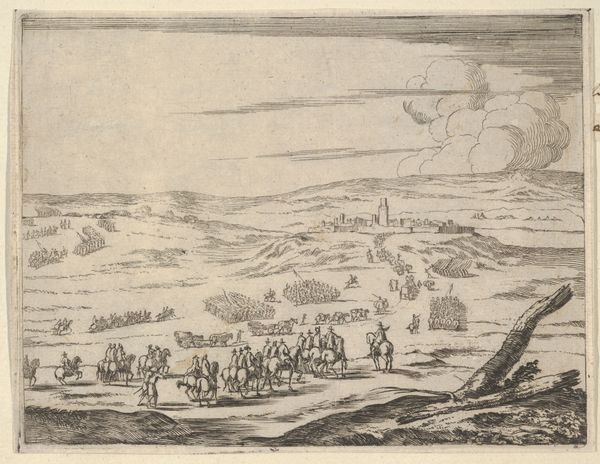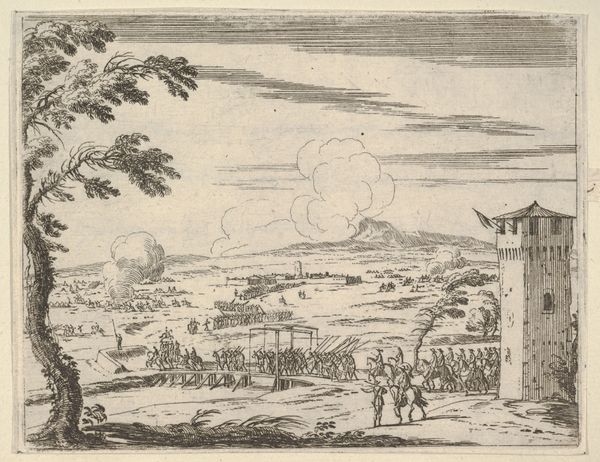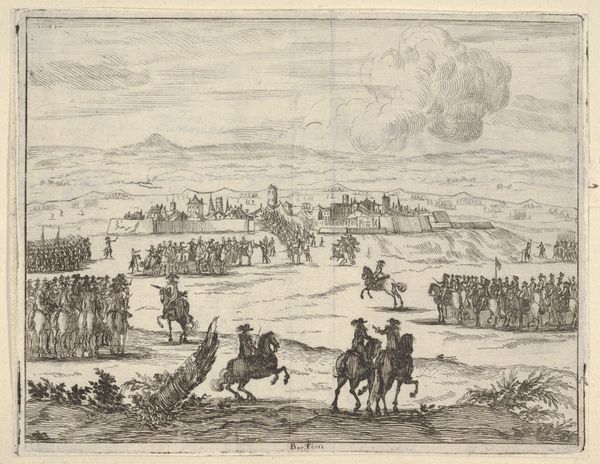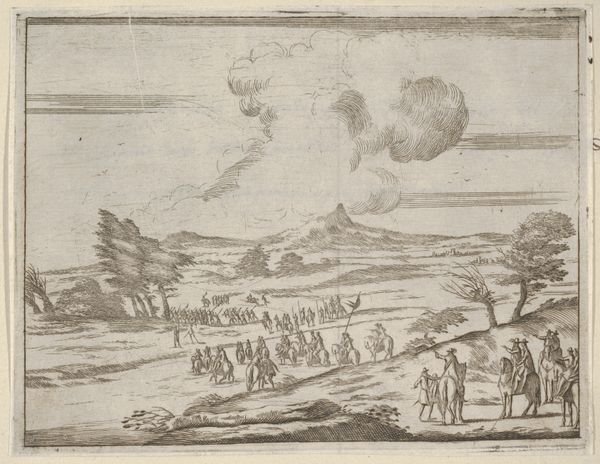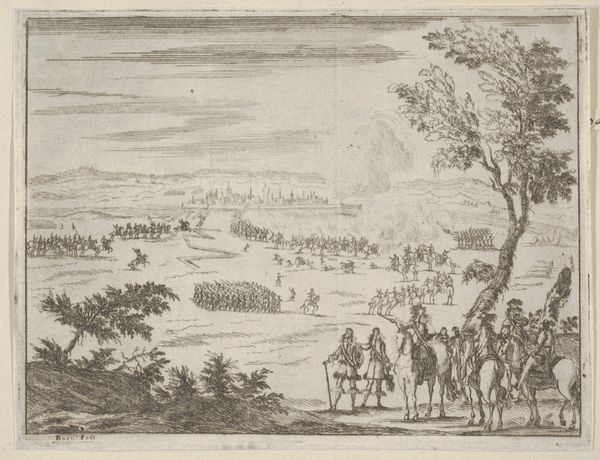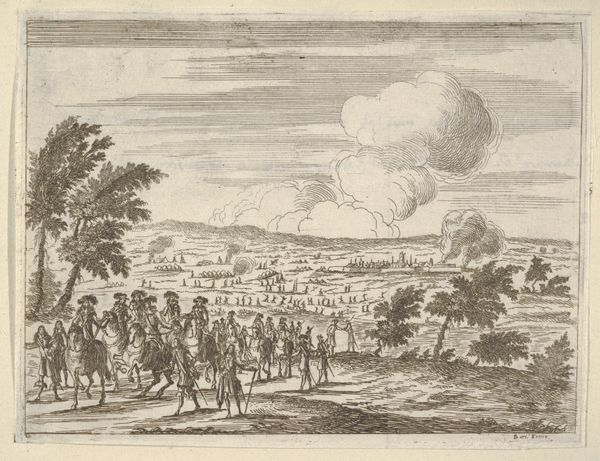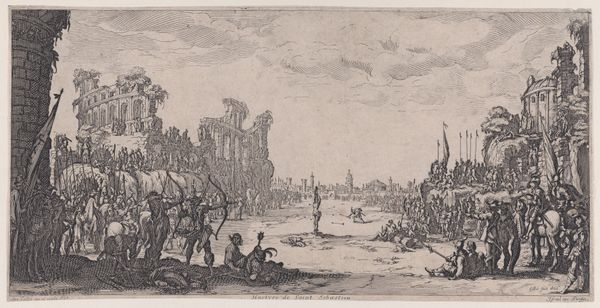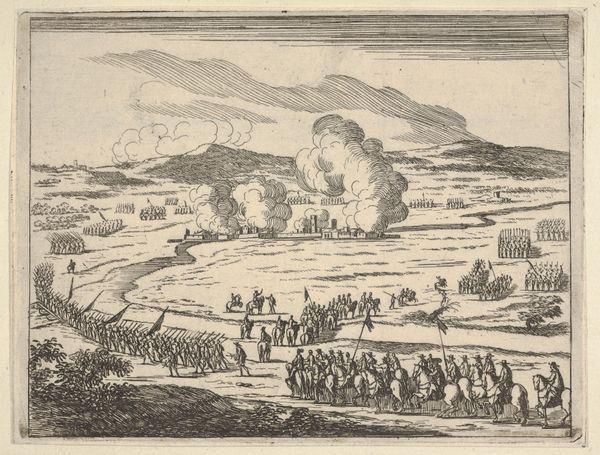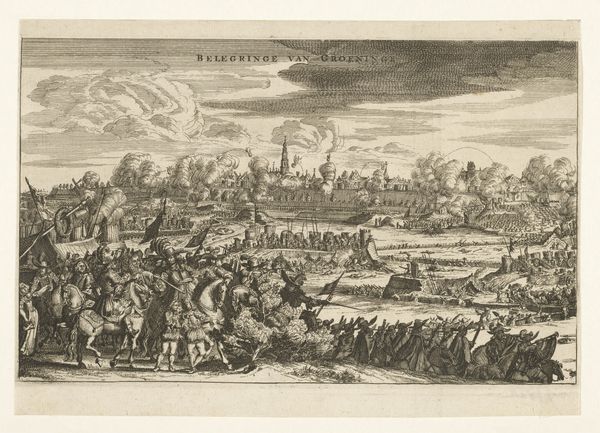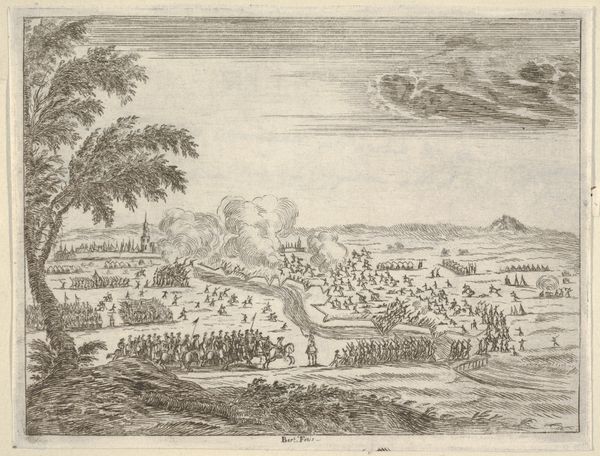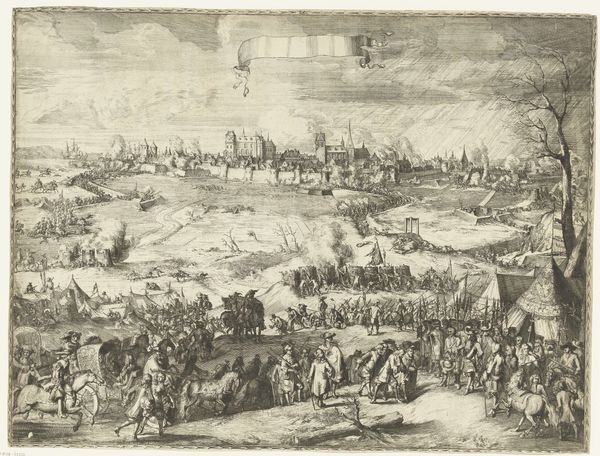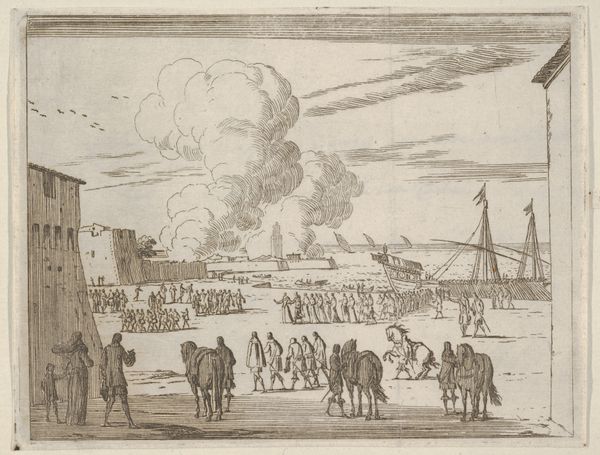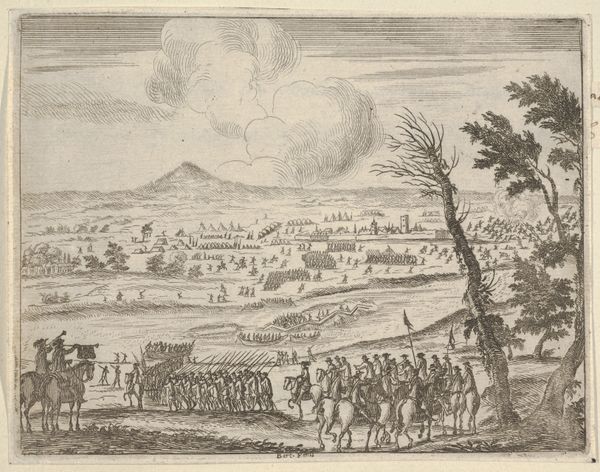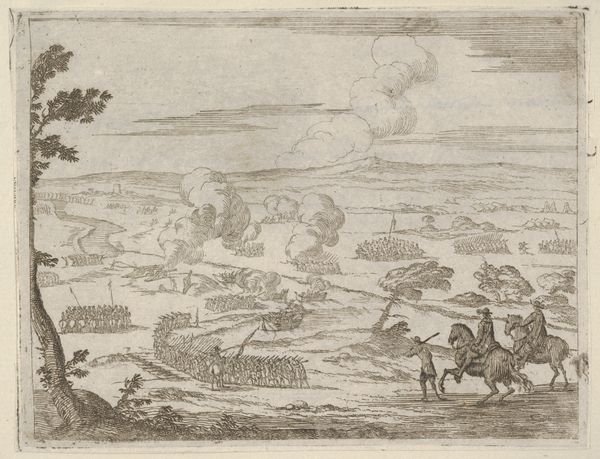![Francesco I d'Este Quickly Makes Himself Available at the Request of Pope Urban VIII, from L'Idea di un Principe ed Eroe Cristiano in Francesco I d'Este, di Modena e Reggio Duca VIII [...] by Bartolomeo Fenice (Fénis)](/_next/image?url=https%3A%2F%2Fd2w8kbdekdi1gv.cloudfront.net%2FeyJidWNrZXQiOiAiYXJ0ZXJhLWltYWdlcy1idWNrZXQiLCAia2V5IjogImFydHdvcmtzLzRlZmU5OGZjLTBiYmItNGE2Ni1hNzE5LTZiZTFiNzMzMzczZS80ZWZlOThmYy0wYmJiLTRhNjYtYTcxOS02YmUxYjczMzM3M2VfZnVsbC5qcGciLCAiZWRpdHMiOiB7InJlc2l6ZSI6IHsid2lkdGgiOiAxOTIwLCAiaGVpZ2h0IjogMTkyMCwgImZpdCI6ICJpbnNpZGUifX19&w=3840&q=75)
Francesco I d'Este Quickly Makes Himself Available at the Request of Pope Urban VIII, from L'Idea di un Principe ed Eroe Cristiano in Francesco I d'Este, di Modena e Reggio Duca VIII [...] 1659
0:00
0:00
drawing, print, etching
#
drawing
#
narrative-art
#
baroque
# print
#
etching
#
landscape
#
horse
#
men
#
cityscape
#
history-painting
#
italian-renaissance
#
italy
Dimensions: Sheet: 4 13/16 × 6 3/16 in. (12.3 × 15.7 cm)
Copyright: Public Domain
Bartolomeo Fenice rendered this print, “Francesco I d'Este Quickly Makes Himself Available at the Request of Pope Urban VIII,” with etching. It depicts Francesco’s eagerness to meet Pope Urban VIII. Look closely, and you'll see that the Duke and his entourage are traveling in a long procession of carriages and horses. The procession, a motif with roots stretching back to ancient triumphal entries, symbolizes power, authority, and the social order. This arrangement isn't merely decorative; it is a carefully constructed display of dominance and deference. In ancient Rome, victorious generals paraded through the city to celebrate military triumphs, connecting political and spiritual power. Consider, too, how similar processions appear in Renaissance paintings, celebrating civic pride and the glory of rulers. The psychological impact is undeniable: these displays elicit awe, respect, and a deep-seated sense of continuity. As such, the procession evolves, adapting to reflect the values and aspirations of each era, yet its emotional core remains unchanged: the human need for order, hierarchy, and the comforting illusion of permanence.
Comments
No comments
Be the first to comment and join the conversation on the ultimate creative platform.
